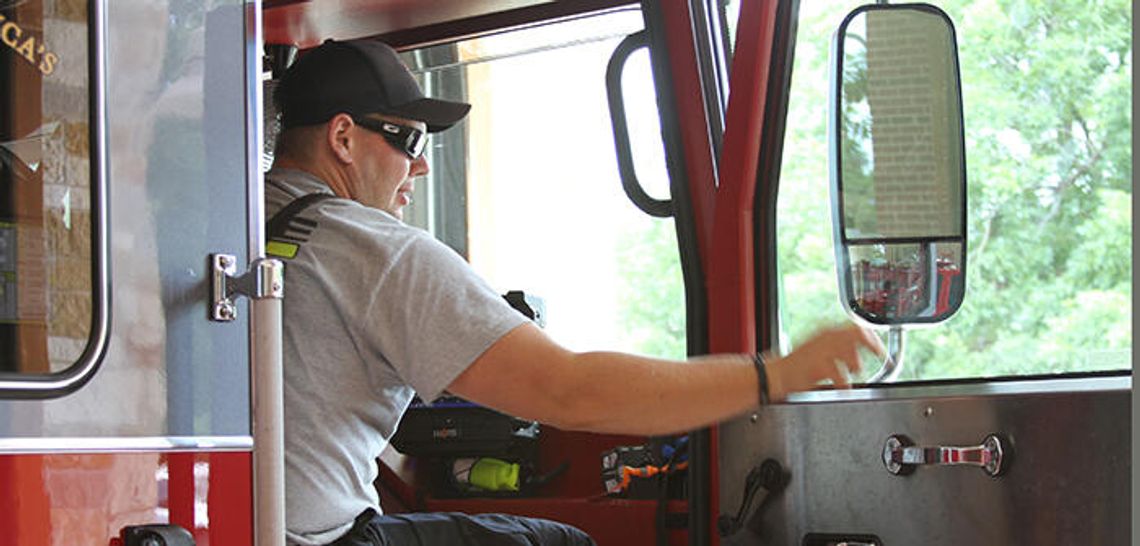An increasing number of natural disasters is beginning redefining how people and governments plan for disasters in unprecedented measures.
Residents across Hays County share a common enemy: floods that have swept homes, businesses and taken lives with them. But as these tragedies become the norm, cities are upgrading their disaster relief efforts, unlike anything they have in the past.
"Natural disasters in Texas are not only bad but also many," said Wallethub Analyst Jill Gonzalez. "The state has had 104 climate disasters that caused more than $1 billion in damages since 1980, and this is the highest number nationwide."
This equates to roughly $10,000 in losses per capita, one of the largest losses from disasters in the country.
Texas ranks 42nd in loss amounts from climate disasters per capita, according to a new 2019 report by Washington D.C. personal finance company Wallethub.
In conjunction, Texas has the highest share of uninsured people in the country, leaving experts to believe that the aftermath of natural disasters could be financially devastating for the population.
But there are steps local jurisdictions are taking to alleviate some of these threats.
In Kyle, the departments of communications, public works, parks and police have developed strategies to try and mitigate the economic and safety threats flooding poses.
"I can't speak for how it was before I was here, but our officers are equipped with swift water rescue gear and are trained by the fire department for emergency water rescues," said Kyle Chief of Police Jeff Barnett.
Barnett said all vehicles are geared up, gassed up and ready to go before a storm hits. Before a storm, the other departments will help barricade roads, move sandbags and assist residents across town.
Equipped with the power of social media and smartphones, the departments can communicate road closures as they are reported to the general public. This is specifically advantageous for low water crossings which are prevalent in the rural parts of the county.
"We have seen a lot more flooding in recent years then we did decades before that," said Kyle Parks & Recreation Director Kerry Urbanowicz. "I think Hurricane Harvey was really the one changed a lot."
Major regions across the state were affected by Harvey, some of which are still living through those horrors today.
On June 13, 2019, Governor Greg Abbott signed a $1.6 billion storm and flood resilience plan. Additionally, the legislature appropriated $3 billion in Harvey relief funds, two years after the devastating storm.
In Kyle, the hurricane was a major test for the city during and after the event.
Since Harvey, the city has survived other major flooding events, including a recent storm in May 2019.
Before these events, the parks department will drain waterways to mitigate flooding, charge generators, brief staff and prep its emergency management plan.
"It's all about coordinating between all of our agencies to plan for the worst possible outcomes," said Kyle Communications Director Kim Hilsenbeck. "It's a team effort and we are always improving how we plan for these events."










